Why You Should Care About The Latest IPCC Report | BreezoMeter
Breezometer
JUNE 7, 2022
The greenhouse effect is a popular name for the earth’s warming effect which occurs naturally when gasses in the atmosphere trap heat from the sun and prevent it from escaping back into space. Recent findings from the World Meteorological Organization predict a 50:50 chance at least one year between 2022 and 2026 will exceed 1.5°C





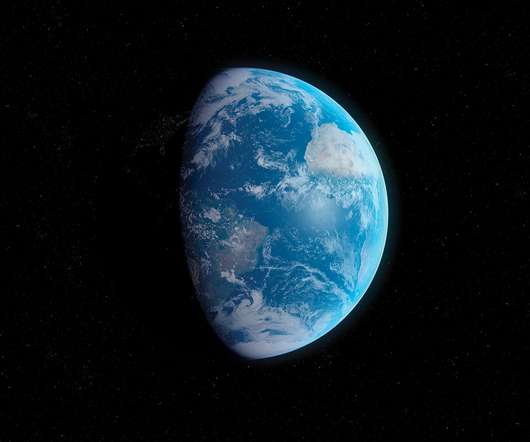
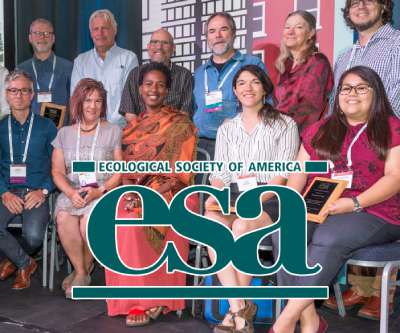

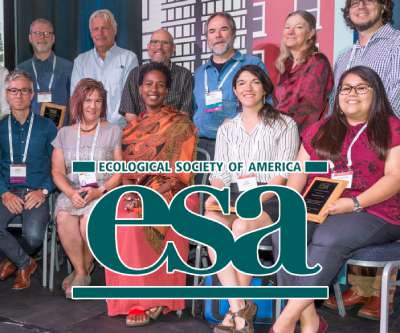




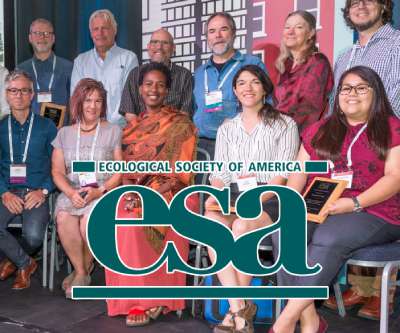
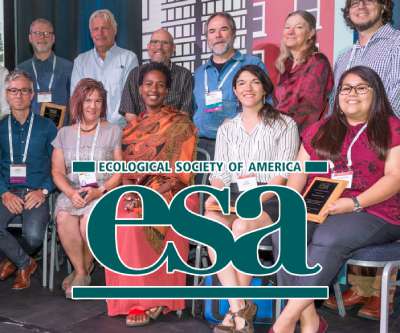
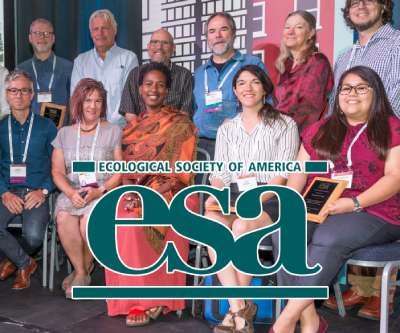
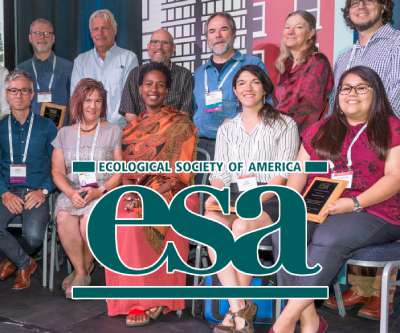







Let's personalize your content